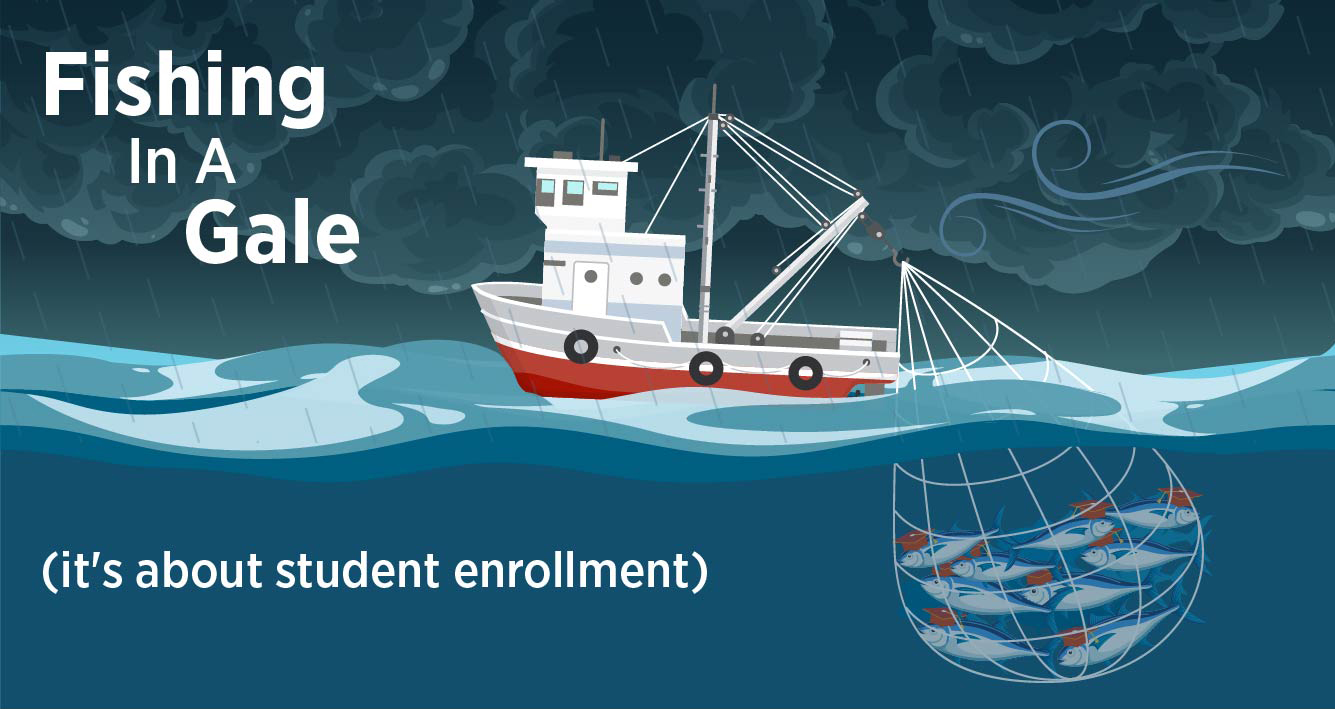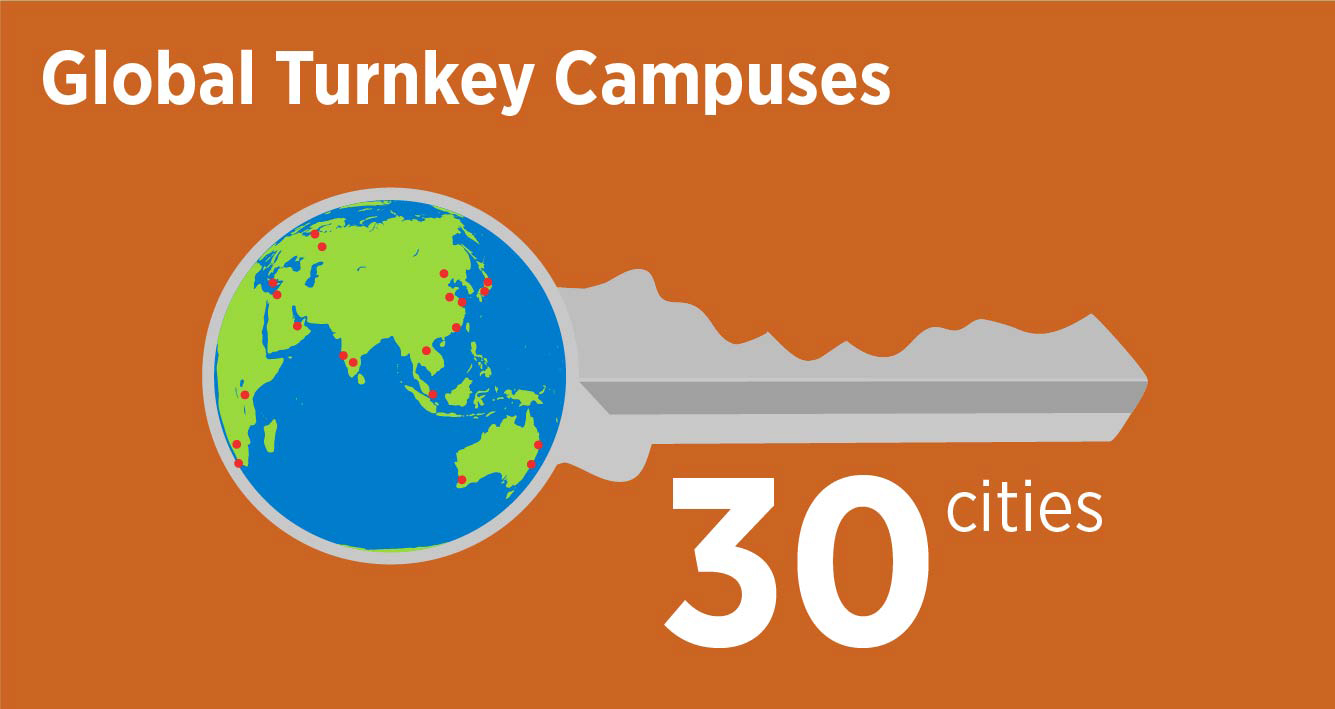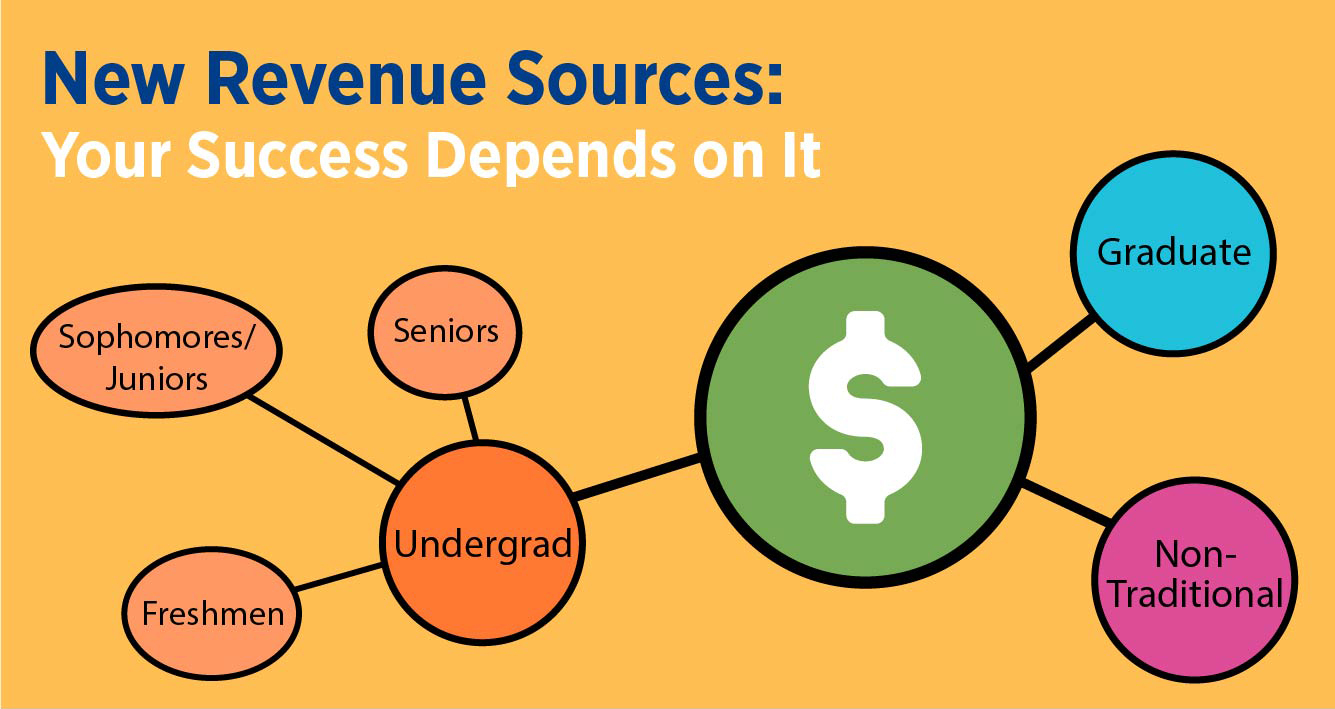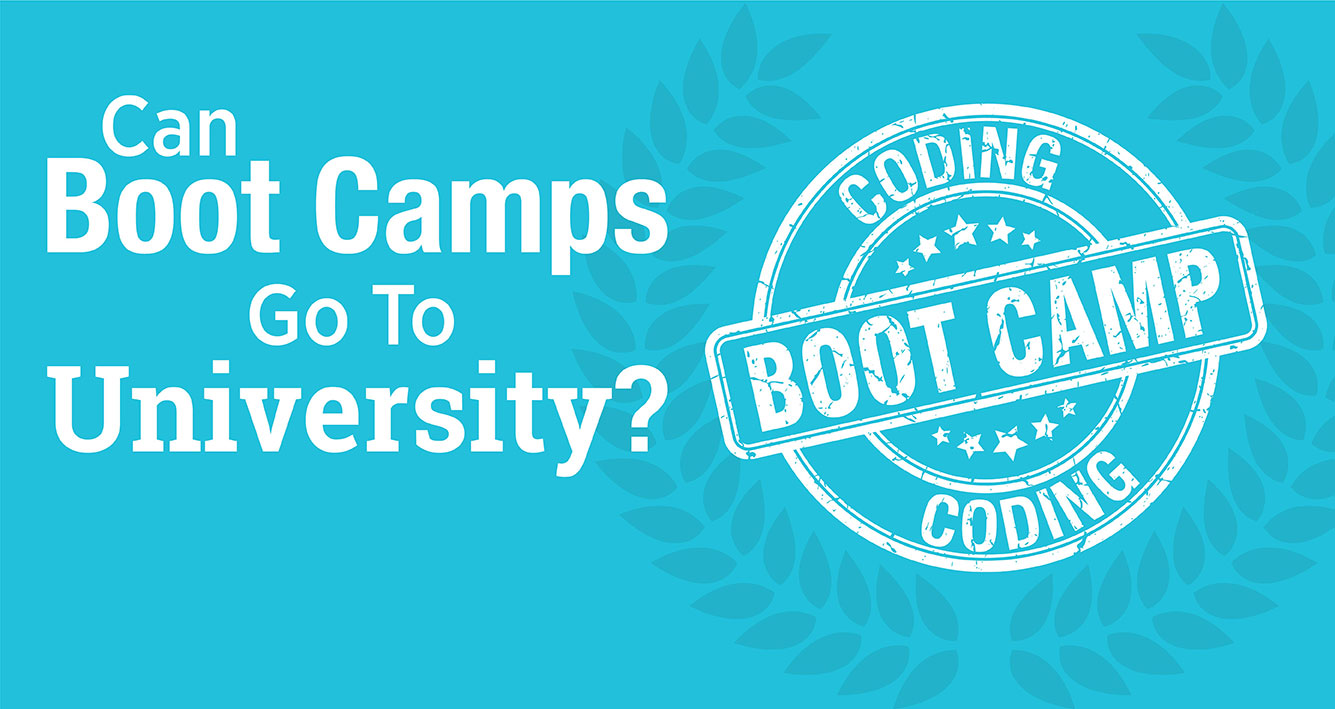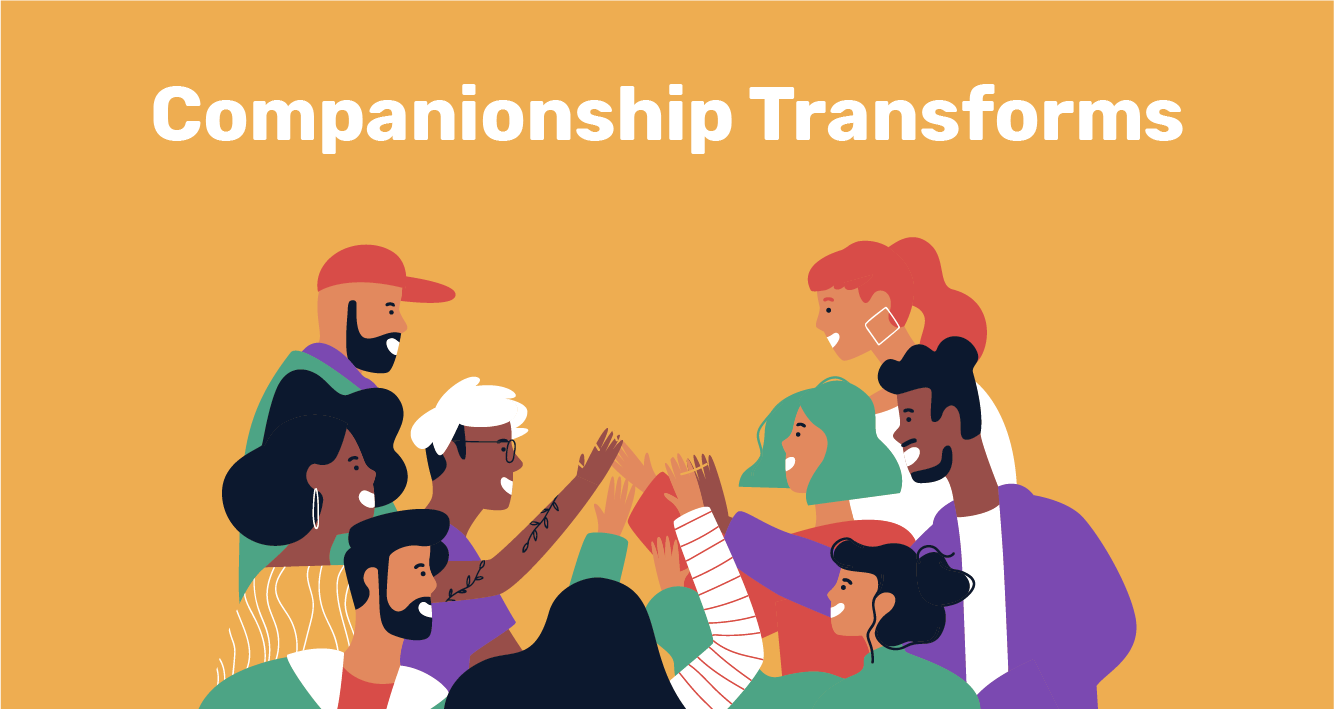Even in the best of conditions, commercial fishing is a really tough job. You can’t always be sure of a catch in the first place. The work requires specialized equipment, a strong constitution, a team that works well together, patience, and an ability to read the signs. And even with all that in place, there is still no guarantee of success.
And then, there is fishing in a gale.
Your boat is being knocked about. Your footing is unsure. There are a host of really challenging external conditions to navigate while your team continues to work with the equipment and do the important job of catching the fish.
External conditions cannot set you back!
You see where I’m going with this, right?
Right now, your enrollment managers and admissions reps are all fishing in a gale. We all are. Our institutions are counting on us to produce the catch that will keep everything afloat. Current conditions cannot set us back. And yet…there is no guarantee of a catch.
Some days, the fish simply are not biting. They only want to nibble (as Google search and click trends may indicate).
Enough with the metaphor, here are our top tips to enroll your incoming 2020 cohort and work toward your enrollment goals for 2021.
Read on for tips to produce the catch even on a bad day. (ok, so we are still using the metaphor).
Read More
